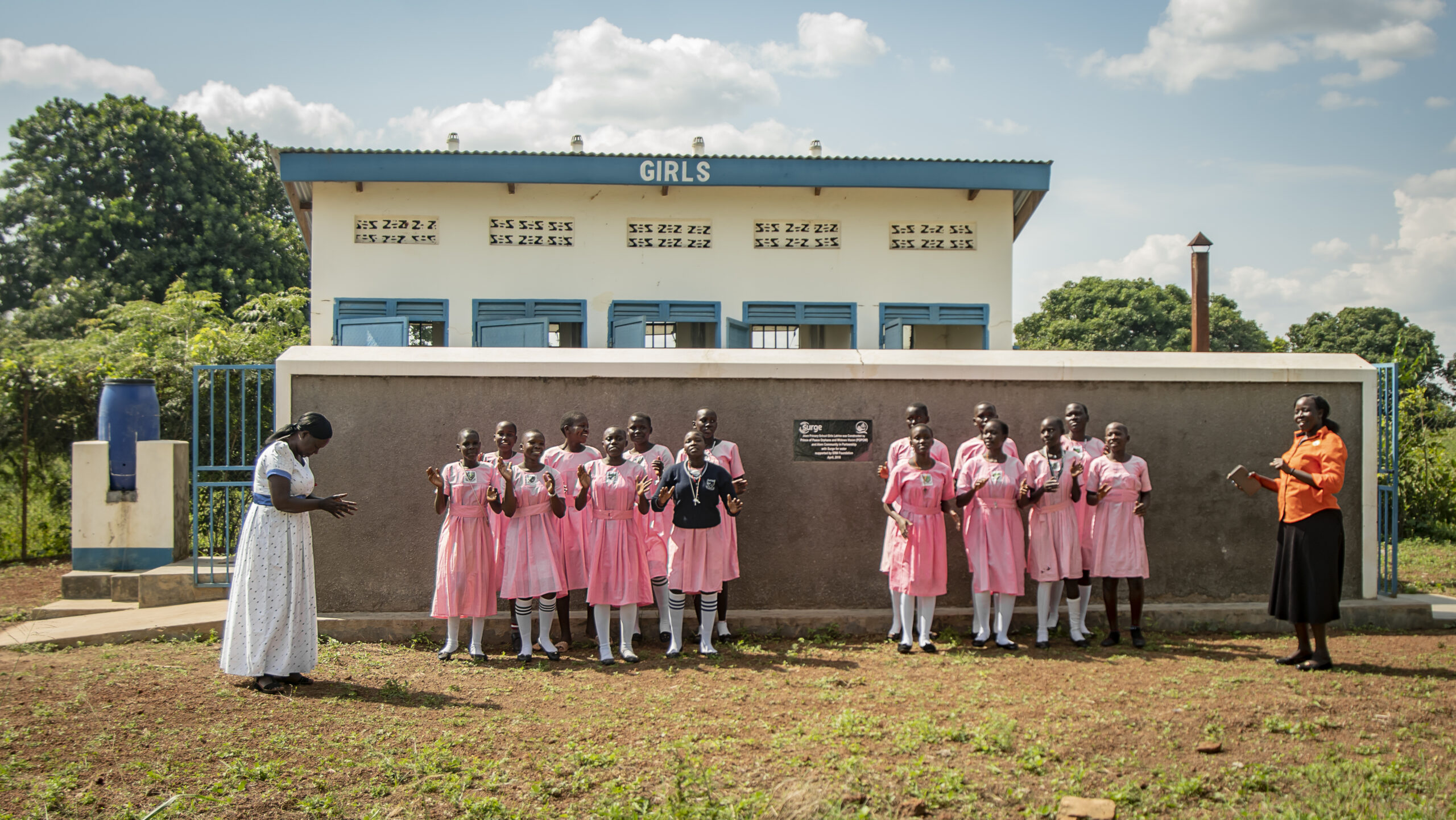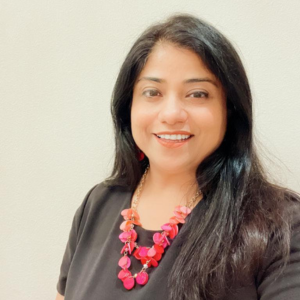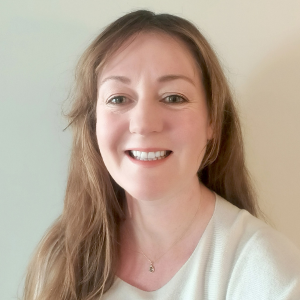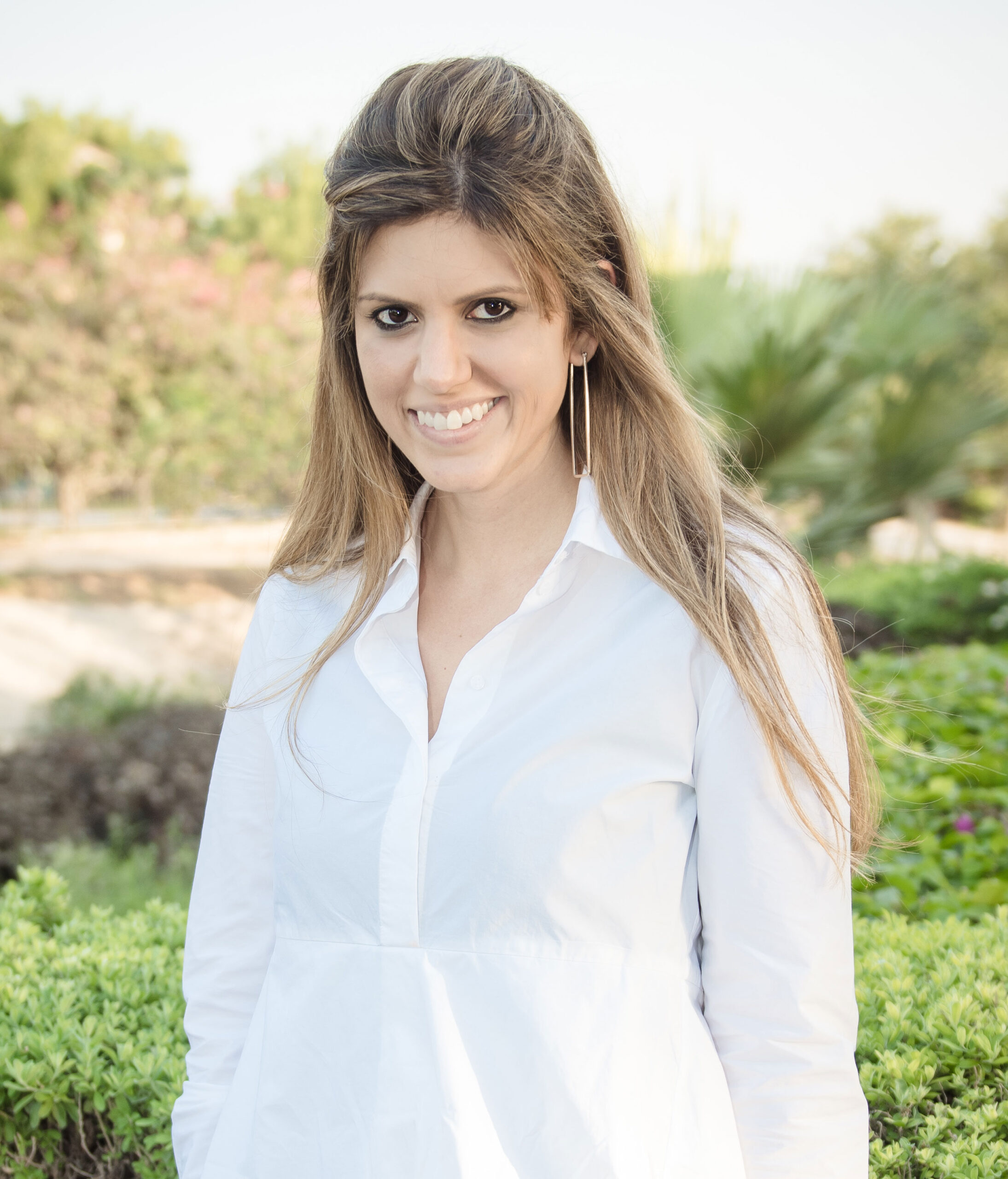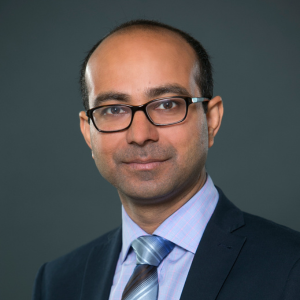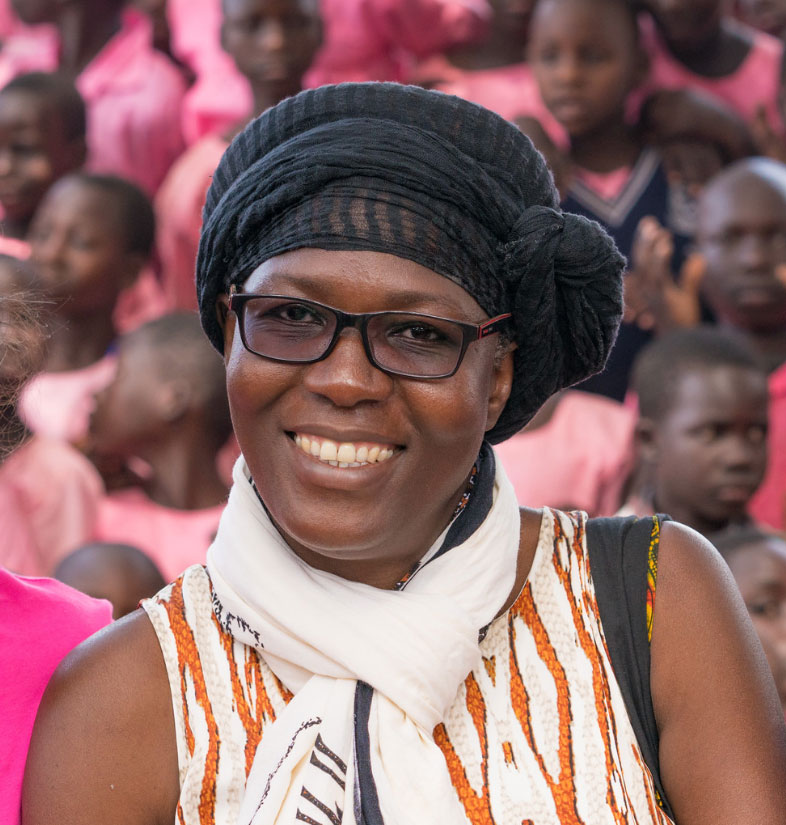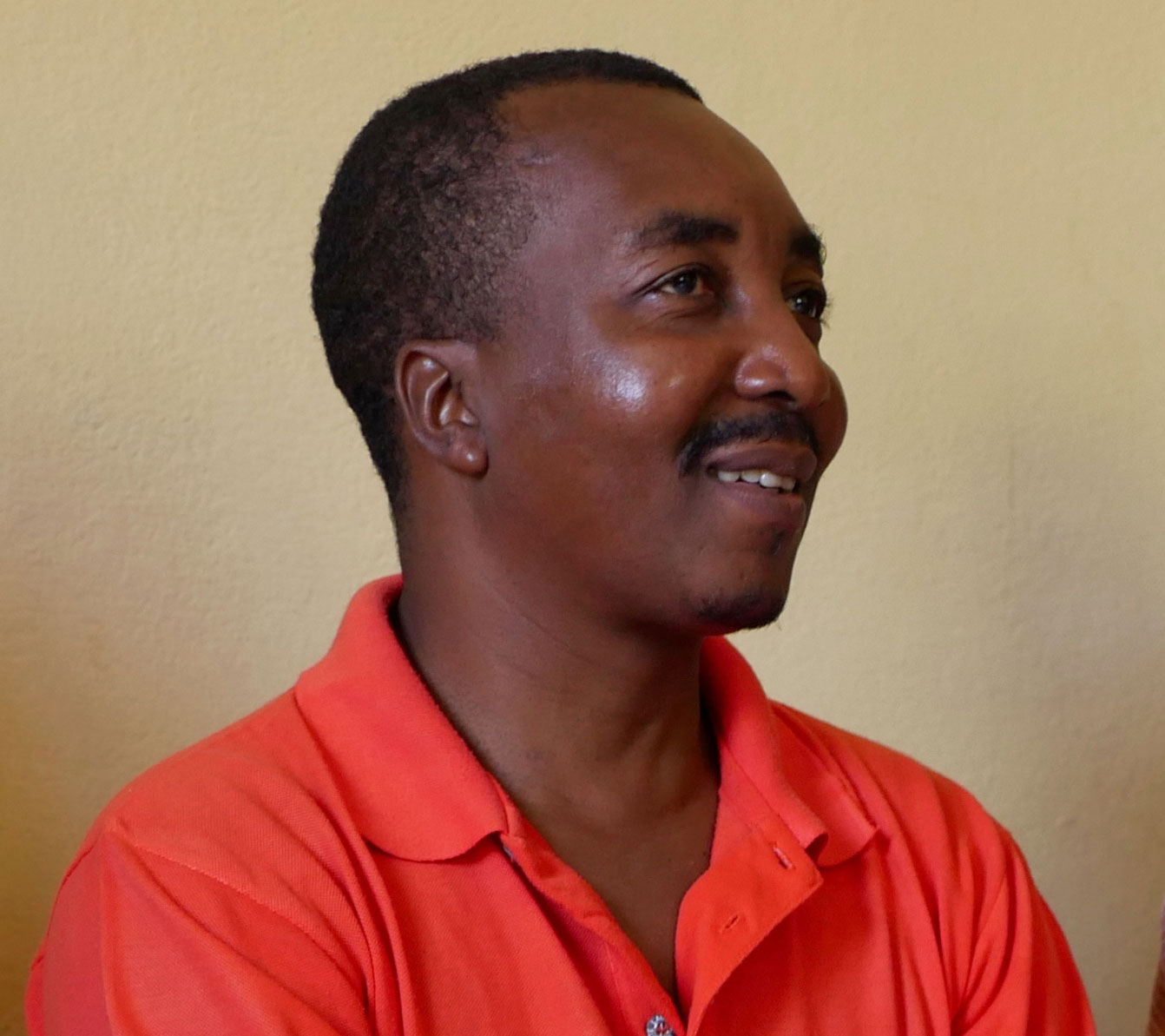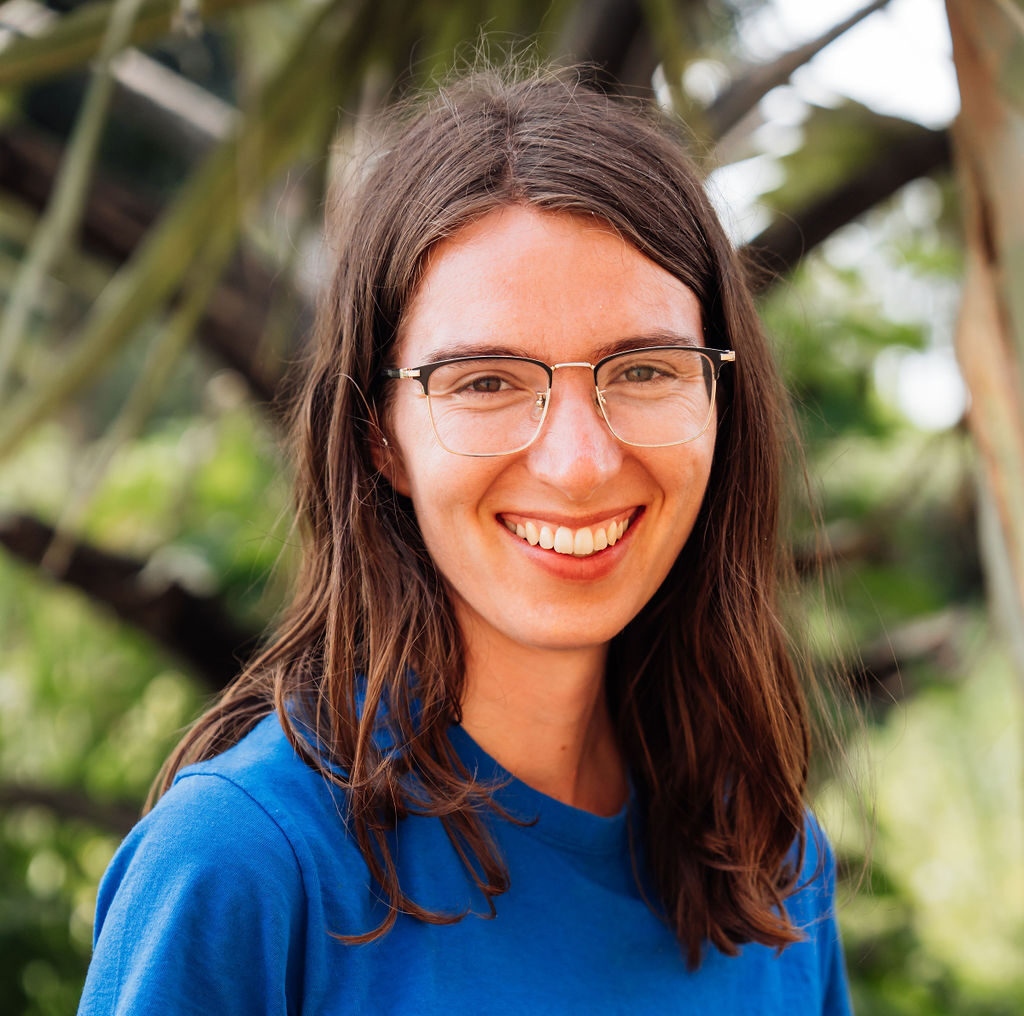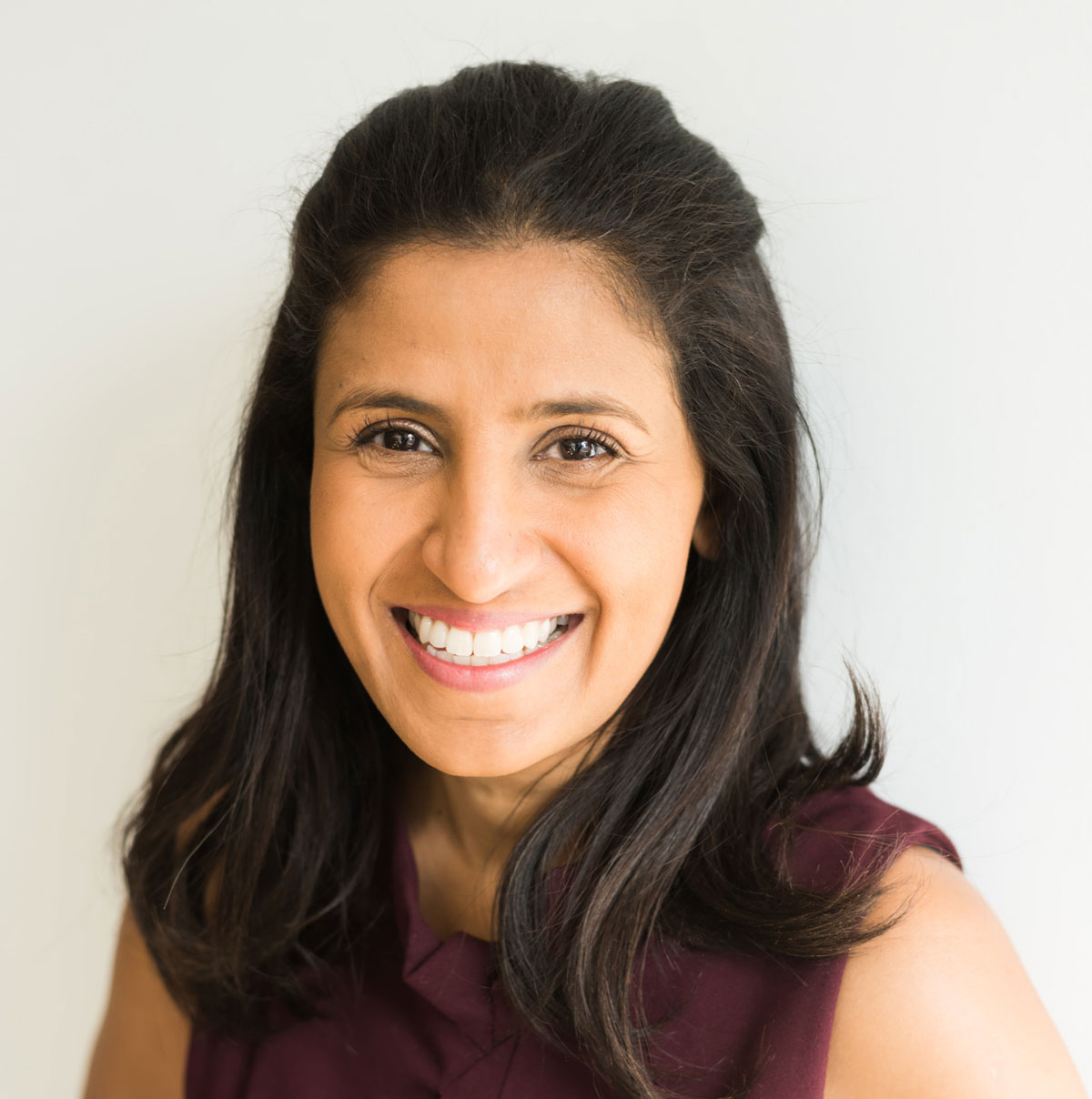When did you last think about your toilet?
Did you have to search for a toilet before you went to bed last night? When you woke up this morning? Did you question if the toilet was safe for you to use?
As humans, we interact with toilets everyday. Many of us have access to a safe, secure toilet not only in our home but also at work, the train station, the coffee shop, the grocery store, and anywhere else we may suddenly find ourselves with an urge to use the bathroom. Unfortunately, this isn’t the reality for everyone.
3.5 billion people in the world don’t have access to a safe toilet – and over 400 million people still practice open defecation. And while the world has a goal to bring safe toilets to all by 2030, we are seriously off track.
Providing safe toilets is part of our holistic work of making sure entire communities have access to safe water, sanitation, hygiene, and menstrual health solutions. We’ve seen first hand the tremendous impact a toilet can make on a student’s education and on a girls’ sense of security. As we get ready to celebrate World Toilet Day on November 19, we’re calling for faster action to ensure that everyone has a safe toilet.
Building safe toilets at schools
Toilets should be a secure, hygienic place that people can use privately and with dignity – but that isn’t always the case. Toilets that are damaged, destroyed, or in disrepair can prevent people from freely using sanitation facilities.
Additionally, toilets should create a barrier between us and the waste that goes into them. Damaged toilets allow waste to seep into the ground and cause pollution, the spread of diseases, and rampant illnesses among communities.
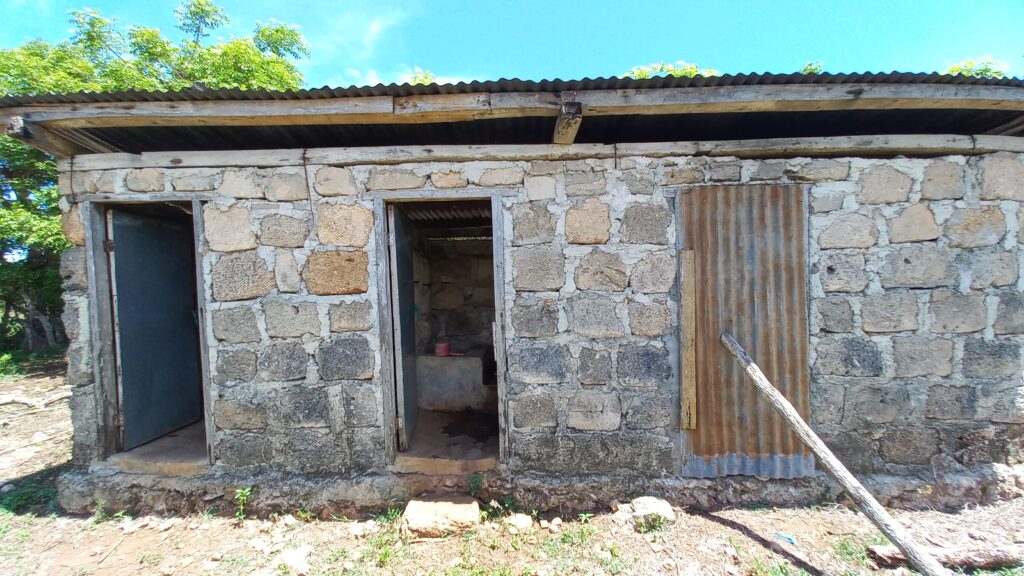
Working with our community partner YLRA in Indonesia, we are building toilets at elementary schools on the remote island of Sumba. To date, we have built 4 toilets at schools – serving over 300 students. Each toilet has a lockable door, proper light and ventilation, and handwashing facilities, creating protected spaces for students to use the bathroom.
Each toilet also drains into a septic tank that allows for waste to be properly stored and managed, further protecting the precious water resources of the community.
Providing safe spaces to use the toilet means that students aren’t missing class in search of a bathroom, allowing them to feel safe and dignified when using the toilet.
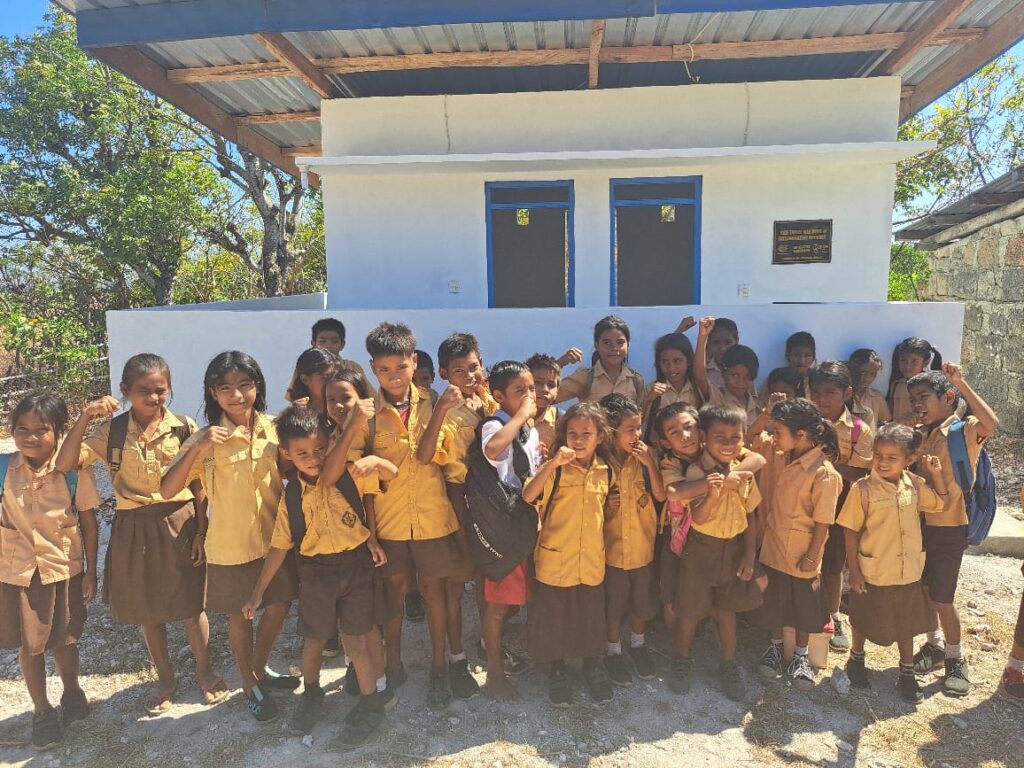
Women and girls’ toilets lead to progress
Access to safe sanitation is a human right, and not having safe sanitation facilities affects everyone. But for women and girls, it often leaves them more vulnerable to abuse, attack, and illness. When women and girls have to walk long distances to find a safe, private toilet – or have to wait until it’s already dark – they can find themselves in uncomfortable, dangerous situations.
While safe toilets protect the health and dignity of everyone, the lives of women and girls are especially transformed. When women and girls have safe sanitary facilities at home, school, work, and in public places, they are able to study, work, and live in dignity.
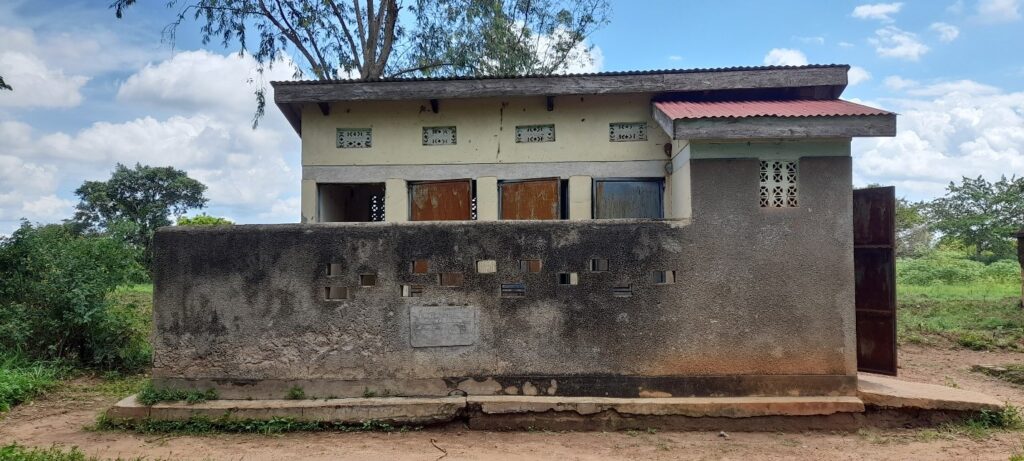
Working with our community partner POPOW in Uganda, we are able to create protected spaces for all students and community members to use the bathroom – with a focus on women and girls. To date, we have built 89 toilets at schools and 2 toilet blocks at health centers, serving over 66,000 people. Each toilet block has 5 stalls that are complete with a lockable door, proper light and ventilation, handwashing facilities, and private spaces for girls to manage their periods.
Providing safe toilet spaces for women and girls means that they no longer have to walk long distances searching for a toilet, can manage their periods in privacy, and that patients at health centers have proper facilities to care for themselves.
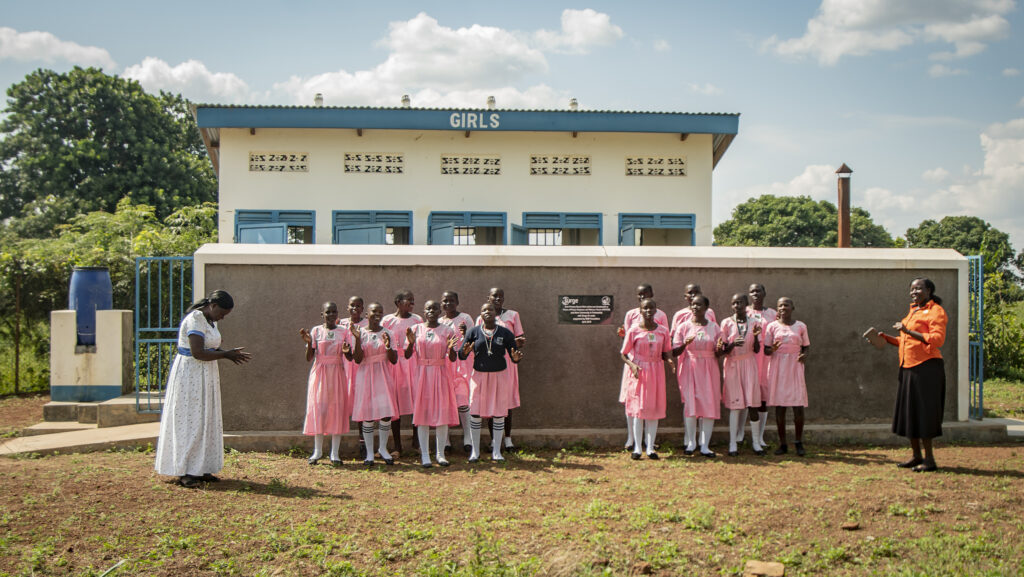
Our work towards providing safe, decent toilets at schools in Uganda and Indonesia would not be possible without support from the following donors:
Al Huzaifa Furniture, ERM Foundation, Haworth, HDR Foundation, Health Goes Global, HydroPoint, Jammin’ 4 Water, Kathryn McQuade Foundation, Light Link

